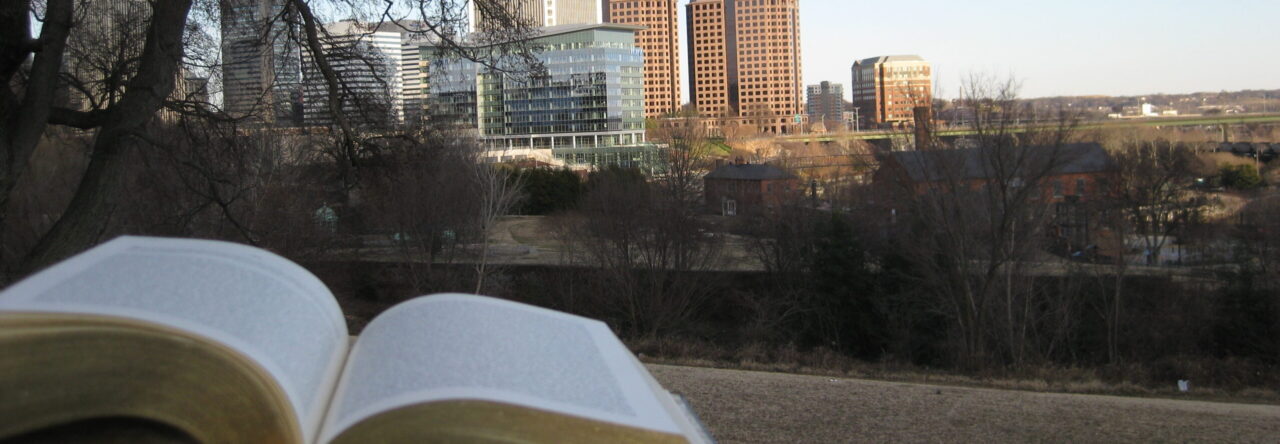Reading the article written by McConnell was eye-opening for me because it dove deeper into the effects that government sentencing has on children. It’s hard to reprimand teenagers, especially ones that have had hard childhoods because no one can provide the comfort and help needed to reconcile with that kind of past. Additionally, I don’t think any juvenile should be sentenced to life without parole because that doesn’t allow for growth or change, just reinforces harsh justice practices. That is why I was so inspired by the Bon Air facility because it allows for growth and understanding of how the crimes committed were actually very harmful. But in addition to this, it allows each juvenile to confront their past and get the help they need. If one grows up in an environment with abuse or neglect, it’s probably going to be hard for them to open up to others. Bon Air however understands this struggle and works with juveniles to better themselves, rather than sticking them in a cell for the rest of their lives.
I also found the video from The Atlantic very helpful in understanding what life is like at Bon Air. For example, Marquez explained that he was able to decorate his room, and that Bon Air provided everyone with stability they may have never had before. I’m hopeful that more facilities like Bon Air will open up around different parts of Virginia, just because it is so removed from the rest of the state and makes visiting hard for families. But also facilities like this should be open around the country; it’s like Terence said, you can’t have rehabilitation if you don’t have habilitation in the first place, and that’s what Bon Air does. It provides habilitation.
Question for McConnell
- Where are convicted juveniles sent if they are not sent to Bon Air, and where are those located in regards to their homes?
- Are there other facilities that are going to have the same goals as Bon Air built around Virginia?

Leave a Reply